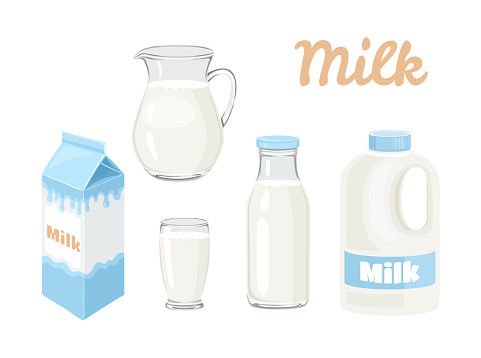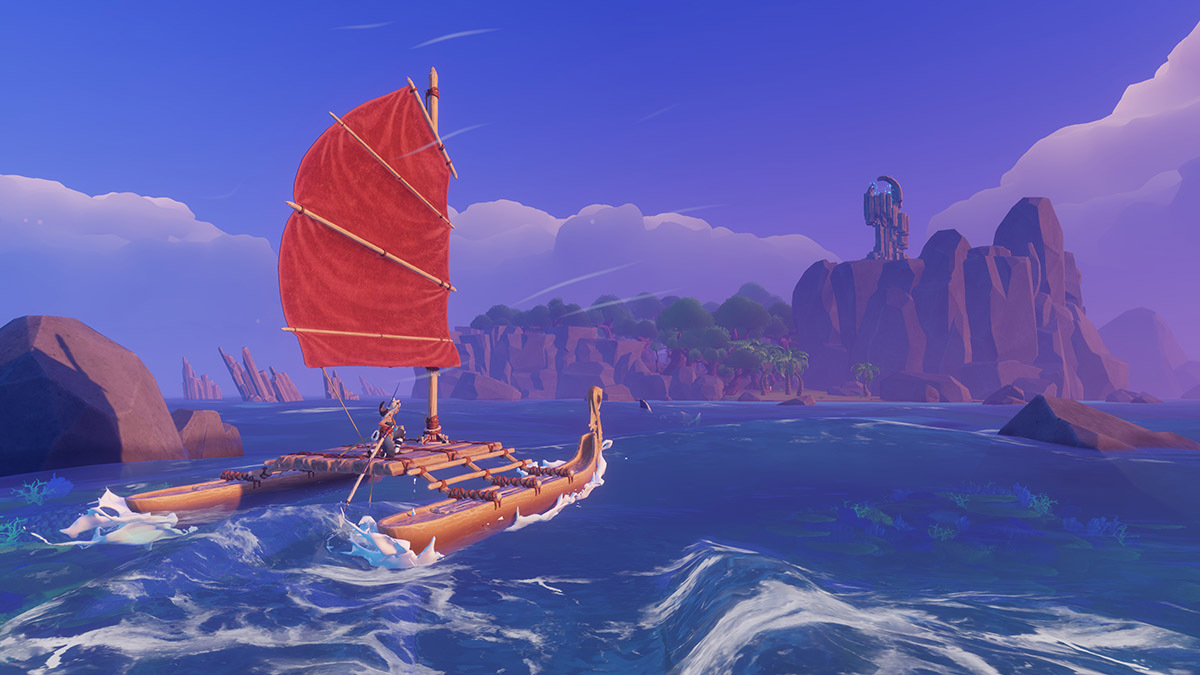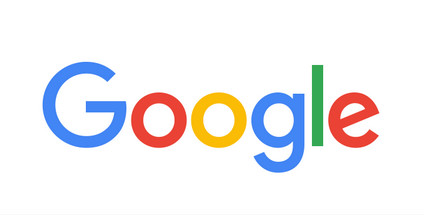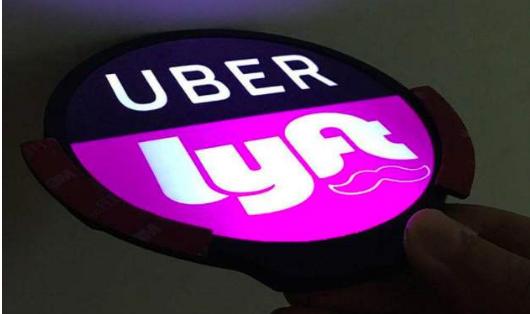Advertisement
The American non-public system of measurement has always been criticized by other countries in the world. Not sure if any friends who have lived in the United States have noticed that the milk they sell is in pints/quarts/gallons, while carbonated drinks are in 2 litre bottles? Why is it that despite being in the same country, two liquids are packaged and distributed with different metering systems?

This is just one of many examples of American’s measurements. Carbonated drinks happen to meet a short historical window when the metric system seems to be about to take over in the United States.
In the early 1970s, Coca-Colas sales were about 10 times that of Pepsi. Pepsi, eager to grab more market share, began to brainstorm and design a new and more eye-catching bottle to compete with the classic curved glass bottle of Coke.
They found nothing.
The Coke bottle is not only visually distinctive, but also in the entire life cycle of the product, from the bottling conveyor to the vending machine, its design is also very reasonable and not easy to break.
Pepsi’s new marketing director at the time, John Scully, who later wrote his personal experience into a book "Moonshot!”, revealed after careful analysis that he found that there was no bottle design better than Coca-Cola. But he did make an interesting discovery that Pepsi consumers were disappointed when finishing drinking.
Scully realized that he didn't need a new bottle design. Instead, what he needed was a bigger bottle. Big, Bottle.
Advertisement
Hence, Pepsi asked the chemical giant DuPont to provide suitable materials. A year later, a 2-litre plastic bottle was born.
The target customers can get more. Pepsi temporarily stopped hard competition with Coca-Cola (at least for a while). Although the total sales volume remains the same, Pepsi could sell more soda, which means they can receive an increased revenue. Not to mention, that the store no longer has to worry about careless salespersons or consumers smashing its beverage bottles which were glass bottles before.
At a critical marketing moment, Scully met with Walmart founder, Sam Walton, and convinced him of the advantages of the 2-litre plastic bottles. When he handed the product to Walton, his hand deliberately slipped and caused the bottle to fall to the ground. The bottle then bounced on the floor without breaking.
Walton was convinced. Scully created the history of bottling, and because of this record, he was promoted to the CEO of Pepsi, and later he became the CEO of Apple.
You may be wondering why Scully and PepsiCo did not directly use the half-gallon (equivalent to 2 litre) Coke bottle. According to NPR's Marketplace report, in 1975, Congress passed the "Metric System Conversion Act." Many companies believed that it was only a matter of time before all products became metric. However, the legislation stipulates that the use of units follows the voluntary principle. As a result, many people are opposed to changing the unit because they think it is anti-American to some extent. Or, they feel that the familiar imperial measurement method is more comfortable. Since there is no need to switch, they will not switch.
Milk has never been measured in the metric system in the United States.
Soft drinks like Coca-Cola and Pepsis’ expiry dates are long after and can be shipped all over the world. Milk is more perishable and is usually purchased from local producers. In the United States, milk is traditionally sold in units of pints, quarts, and gallons, and this habit seems destined to continue.
However, if someone tells you that Americans will never accept the metric system, don't believe it. In the United States, in addition to soft drinks, many products are measured in the metric system (or mainly measured in the metric system), including wine, alcohol, medicines, and beauty products. However, there are currently no regulations say that manufacturers must use the metric system. But since many American products are sold overseas, you’ll usually see both units on the packaging.





